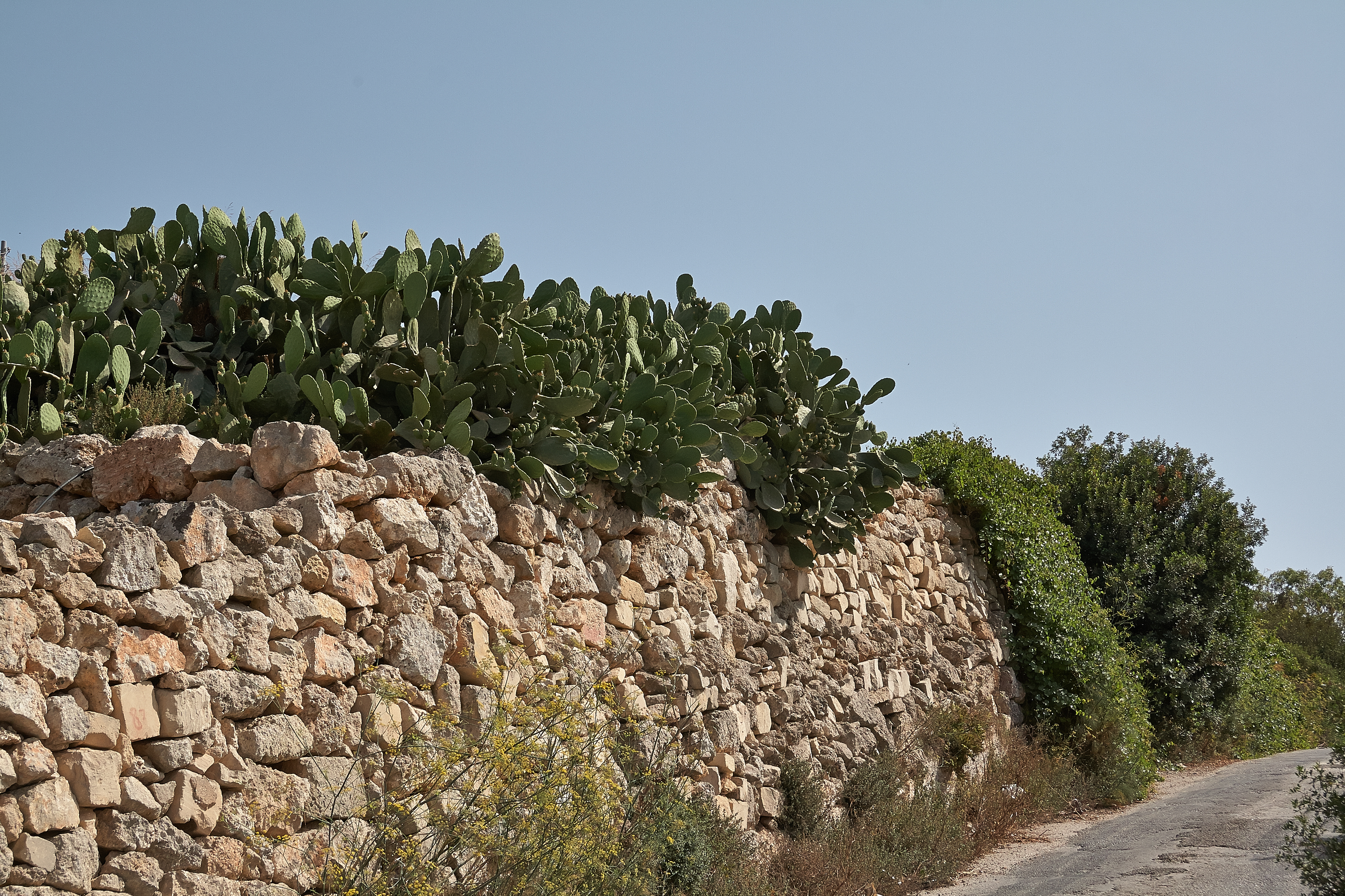Rubble on:
[Wikipedia]
[Google]
[Amazon]
Rubble is broken
 Rubble walls ( mt, ħitan tas-sejjieħ) are found all over the island of
Rubble walls ( mt, ħitan tas-sejjieħ) are found all over the island of
No. 1191625 – Parish Church of the Holy Trinity, ChuckfieldNo. 1139238 – Church of St Mary, Longnewton, 1856/57
Example of a coursed rubble wall in Malta
{{Authority control Building materials Building stone Natural materials Building engineering Stone (material)
stone
In geology, rock (or stone) is any naturally occurring solid mass or aggregate of minerals or mineraloid matter. It is categorized by the minerals included, its Chemical compound, chemical composition, and the way in which it is formed. Rocks ...
, of irregular size, shape and texture; undressed especially as a filling-in. Rubble naturally found in the soil is known also as 'brash' (compare cornbrash)."Rubble" def. 2., "Brash n. 2. def. 1. ''Oxford English Dictionary'' Second Edition on CD-ROM (v. 4.0) © Oxford University Press 2009 Where present, it becomes more noticeable when the land is ploughed or worked.
Building
" Rubble-work" is a name applied to several types ofmasonry
Masonry is the building of structures from individual units, which are often laid in and bound together by mortar; the term ''masonry'' can also refer to the units themselves. The common materials of masonry construction are bricks, building ...
. One kind, where the stones are loosely thrown together in a wall between boards and grout
Grout is a dense fluid which hardens to fill gaps or used as reinforcement in existing structures. Grout is generally a mixture of water, cement and sand, and is employed in pressure grouting, embedding rebar in masonry walls, connecting sect ...
ed with mortar almost like concrete
Concrete is a composite material composed of fine and coarse aggregate bonded together with a fluid cement (cement paste) that hardens (cures) over time. Concrete is the second-most-used substance in the world after water, and is the most wid ...
, is called in Italian "muraglia di getto" and in French
French (french: français(e), link=no) may refer to:
* Something of, from, or related to France
** French language, which originated in France, and its various dialects and accents
** French people, a nation and ethnic group identified with Franc ...
"bocage". In Pakistan, walls made of rubble and concrete, cast in a formwork, are called 'situ', which probably derives from Sanskrit (similar to the Latin 'in situ' meaning 'made on the spot').
Work executed with more or less large stones put together without any attempt at courses
Course may refer to:
Directions or navigation
* Course (navigation), the path of travel
* Course (orienteering), a series of control points visited by orienteers during a competition, marked with red/white flags in the terrain, and corresponding ...
is called rubble walling. Where similar work is laid in courses, it is known as coursed rubble. Dry-stone walling is somewhat similar work done without the use of mortar. It is bound together by the fit of the stones and the regular placement of stones which extend through the thickness of the wall. A rubble wall built with mortar will be stronger if assembled in this way.
Rubble walls in Malta
 Rubble walls ( mt, ħitan tas-sejjieħ) are found all over the island of
Rubble walls ( mt, ħitan tas-sejjieħ) are found all over the island of Malta
Malta ( , , ), officially the Republic of Malta ( mt, Repubblika ta' Malta ), is an island country in the Mediterranean Sea. It consists of an archipelago, between Italy and Libya, and is often considered a part of Southern Europe. It lies ...
. Similar walls are also frequently found in Sicily and the Arab countries. The various shapes and sizes of the stones used to build these walls look like stones that were found in the area lying on the ground or in the soil. It is most probable that the practice of building these walls around the field was inspired by the Arabs during their rule in Malta, as in Sicily who were also ruled by the Arabs around the same period. The Maltese farmer found that the technique of these walls was very useful especially during an era where resources were limited. Rubble walls are used to serve as borders between the property of one farm from the other. A great advantage that rubble walls offered is that when heavy rain falls, their structure would allow excessive water to pass through and therefore, excess water will not ruin the products. Soil erosion is minimised as the wall structure allows the water to pass through but it traps the soil and prevents it from being carried away from the field. One can see many rubble walls on the side of the hills and in valleys where the land slopes down and consequently the soil is in greater danger of being carried away.
Rubble in Britain
In the British Islands, many mediaeval and post-mediaeval buildings are built of small natural stones, called rubble. As examples see the descriptions in two official list entries, provided byHistoric England
Historic England (officially the Historic Buildings and Monuments Commission for England) is an executive non-departmental public body of the British Government sponsored by the Department for Digital, Culture, Media and Sport. It is tasked w ...
:No. 1191625 – Parish Church of the Holy Trinity, Chuckfield
See also
* Core-and-veneer * Ruin * Rubble trench foundationReferences
External links
Example of a coursed rubble wall in Malta
{{Authority control Building materials Building stone Natural materials Building engineering Stone (material)